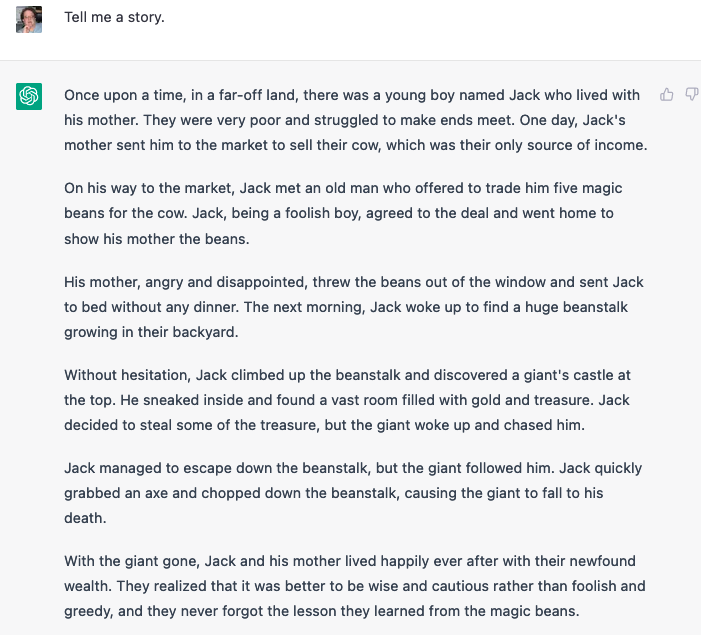Writing English with Chinese characters
Responding to "Transcriptional Chinese animal imagery for English daily greetings" (3/13/23), Mary Erbaugh, using Yale Cantonese romanization, writes:
————
I've never seen it done with animal names, though probably easier to remember, amusing.
I'm used to the English word pronunciations in old fashioned HK (& Taiwan) almanacs, like the Bou Lòh Maahn Yauh (Cant.) / Bāo luò wàn yǒu (Mand.) 包纙萬有 ("all-inclusive"), available in any Chinatown; English title The Book of Myriad Things, an All-Inclusive Reference. In the exposition below, I use the 1993 Hong Kong edition published by Jeuih Bóu Làuh Yanchaatchóng 聚寳樓印刷廠 [VHM: 聚[jeui6]寳[bou2]樓[lau4/lau2]印[yan3]刷[chaat3]廠[chong2] — Cantonese conversion by this tool; (Modern Standard Mandarin) MSM transcription in pinyin: Jùbǎo lóu yìnshuā chǎng]. It gets re-published every year, in near-identical form, except for the calendars.
Read the rest of this entry »



